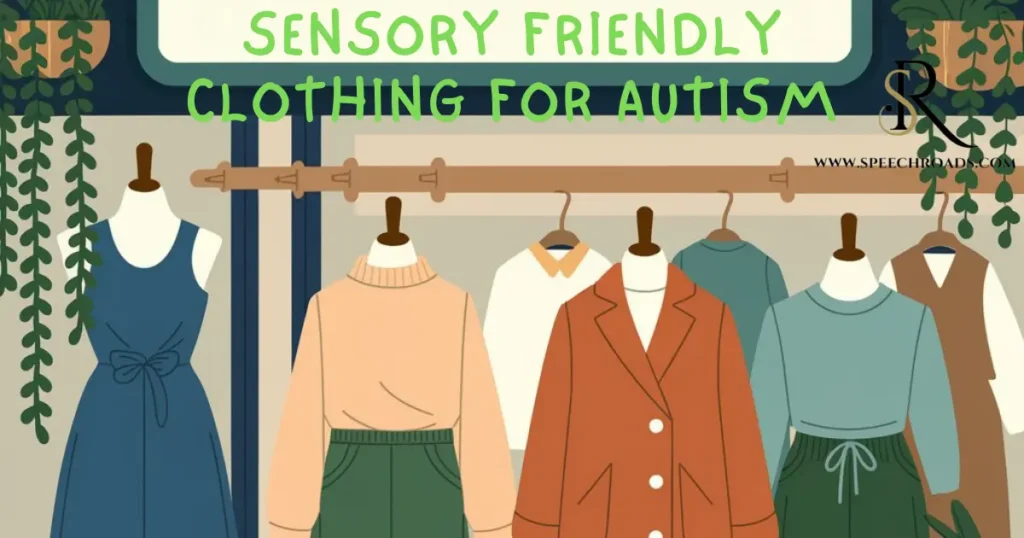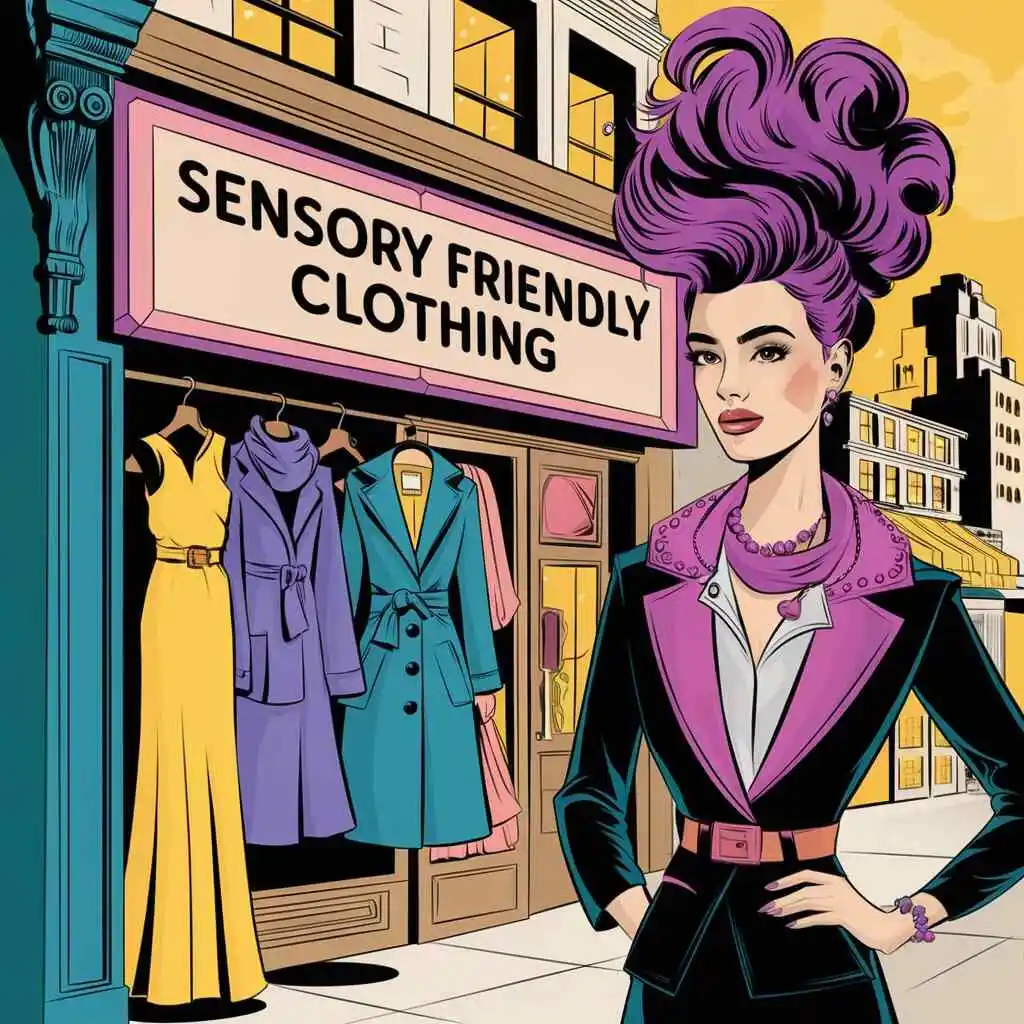Understanding Sensory Friendly Clothing A Guide for Parents Where to buy sensory friendly clothing for Autism
Consider your child stepping out in clothes that feel simply proper.
No tags scratching at their pores and skin, no seams digging in simply comfort that allows them thrive.
For plenty of kids with sensory processing demanding situations, sensory friendly clothing transforms their everyday experiences.
This guide will discover the importance of sensory friendly clothing.
How it differs from adaptive clothing and practical tips to create a sensory friendly wardrobe.
Discover where to buy sensory friendly clothing for autism, offering comfortable, tagless and seamless apparel designed for sensory sensitivity.
Understanding Sensory Processing Needs And Where to buy sensory friendly clothing for Autism
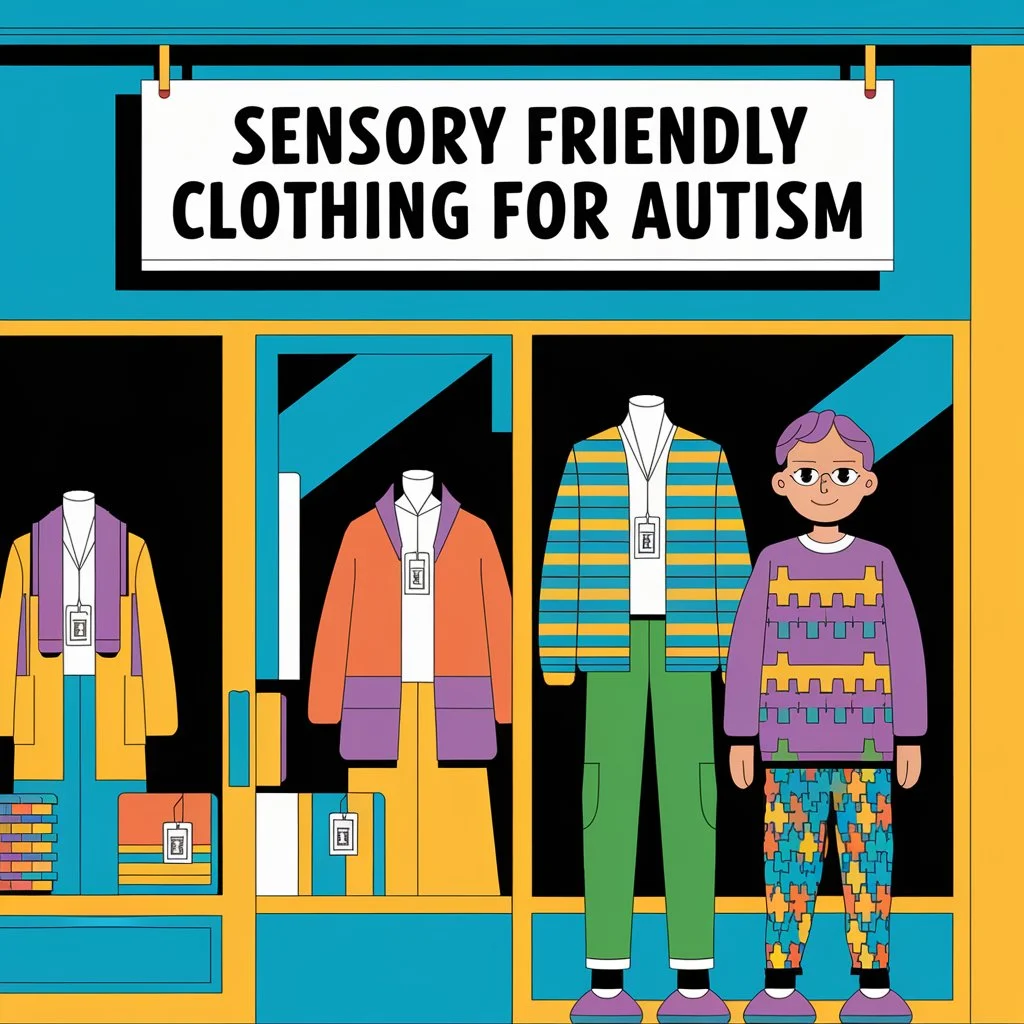
What is Sensory Processing?
Sensory processing refers to how our brains interpret and reply to sensory data. For maximum children this manner happens seamlessly. But for a few kids, mainly those with situations like Autism Spectrum disorder (ASD) or Sensory Processing Disorder (SPD) sensory data can be overwhelming. They’ll react strongly to positive textures, sounds, or lighting fixtures mainly to anxiety or meltdowns.
Signs Your Child Might Need Sensory Friendly Clothing
Identifying the need for clothing for sensory sensitivity may be crucial. Here are some signs that your toddler might benefit from sensory friendly apparel:
- Avoidance of Certain Textures: If your child refuses to wear specific fabrics they may be sensitive to touch.
- Discomfort During Dressing: Watch for signs of distress when getting dressed such as pulling at clothes or complaining of itchiness.
- Sensitivity to Tags or Seams: Kids who are bothered by clothing tags or seams often seek out items that are tagless or seamless.
Spotting those signs allows you to make knowledgeable selections about their apparel.
New Adult Sensory Friendly Clothing Range
The brand new grownup sensory pleasant clothing variety is designed to offer comfort and accessibility for individuals with sensory sensitivities which includes many on the autism spectrum.
Those clothes prioritize gentle, breathable fabric, seamless designs and tagless alternatives to reduce irritation and discomfort.
With adaptive functions like easy closures and bendy suits this clothing range offers a stylish yet functional solution for adults in search of a greater cozy day by day enjoy.
The collection caters to various wishes even as promoting inclusivity and sensory well being in style.
The Importance of Sensory Friendly Clothing
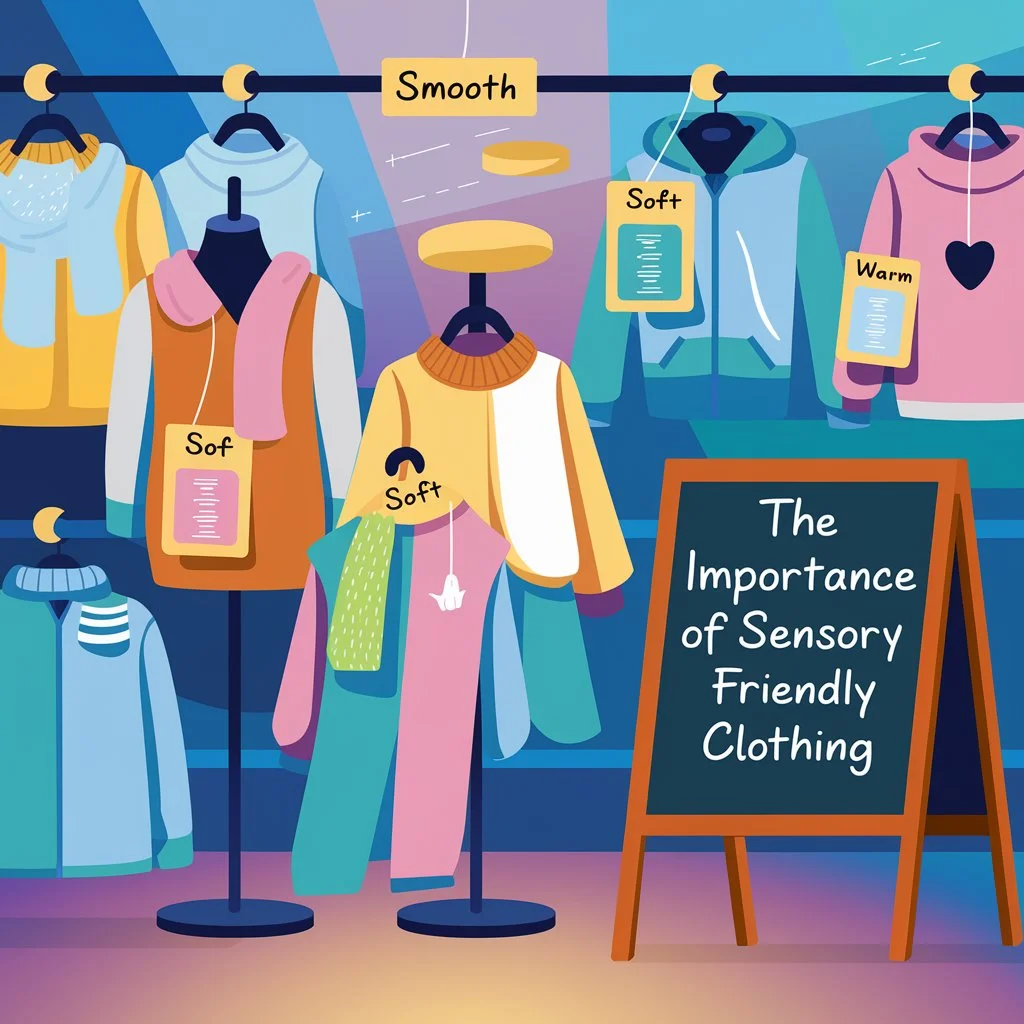
What Qualifies as Sensory Friendly Clothing?
Sensory friendly clothing consists of garments designed specially for children with sensory sensitivities. Commonplace functions of these clothes consist of:
- Soft Fabrics: Materials like cotton or bamboo that feel gentle against the skin.
- Tagless Designs: Clothing without tags to eliminate potential irritants.
- Seamless Construction: Garments designed with minimal seams to prevent discomfort.
Benefits of Sensory Friendly Clothing
The blessings of selecting sensory friendly clothing cross beyond mere consolation. Here’s how these clothes can impact your infant’s lifestyles:
- Promotes Comfort: Soft fabric clothing for autistic children helps them feel at ease throughout the day.
- Encourages Self Regulation: When kids wear clothes that don’t irritate them they can focus better on activities whether in school or at play.
- Boosts Independence: With comfortable clothing your child may feel empowered to dress themselves fostering independence.
Parents regularly share their stories. For example one mother cited, “considering that we switched to sensory friendly clothing my son has fewer meltdowns for the duration of the morning routine. It’s made a world of difference!”
Adaptive Clothing vs. Sensory Friendly Clothing
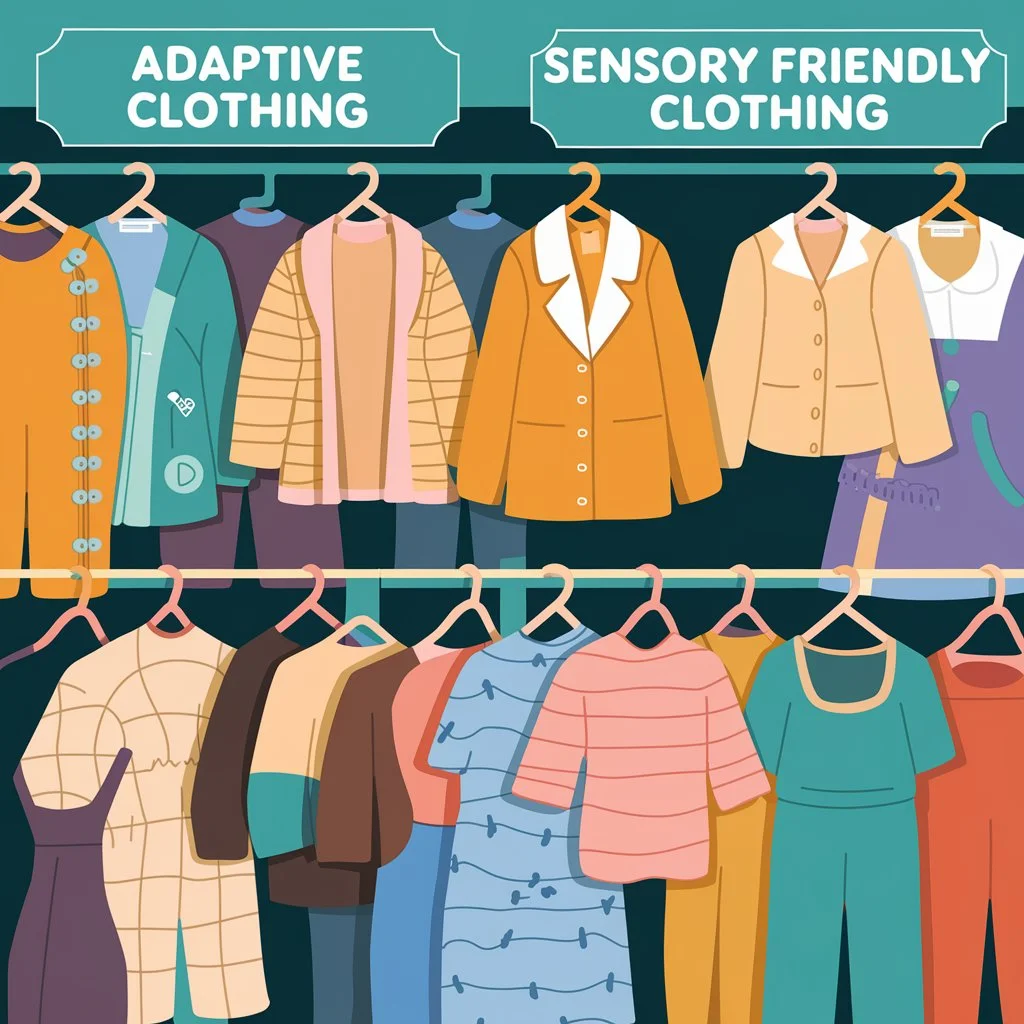
Defining Adaptive Clothing
Adaptive apparel refers to garments designed for children with particular clinical wishes. This kind of apparel regularly includes capabilities that make dressing less difficult together with:
- Easy Closures: Velcro or magnetic fastenings as opposed to buttons.
- Adjustable Sizing: Clothing which can grow together with your infant accommodating medical devices like G-tubes.
Key Differences Between Sensory and Adaptive Clothing
To make clear the distinctions among these sorts of apparel permit’s have a look at a evaluation table:
| Feature | Sensory Friendly Clothing | Adaptive Clothing |
|---|---|---|
| Purpose | Comfort for sensory sensitivities | Support for medical conditions |
| Design Focus | Soft, tactile friendly materials | Functional adjustments for accessibility |
| Examples | Tagless shirts, seamless leggings |
high performance bibs |
Knowledge of those differences enables you to pick the right clothing based totally on your child’s wishes.
When Your Child Requires Medical Interventions
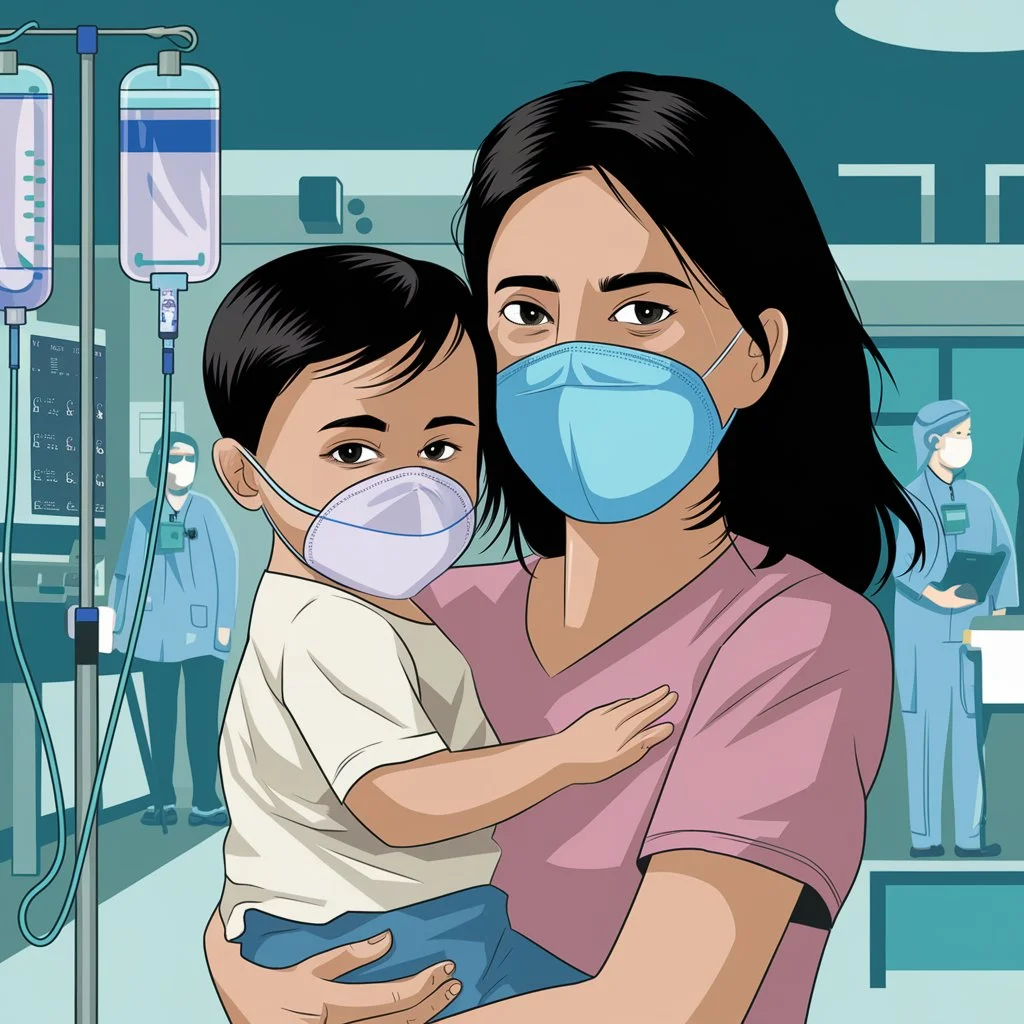
Clothing Needs for Medical Conditions
For children who require scientific interventions, clothing choices can be crucial. Here are a few concerns:
- G-Tube Feeding: Opt for adaptive clothing for autism that features openings for G-tube access. This ensures comfort during feeding times.
- Medical Socks: Look for socks that provide comfort and support without tightness helping maintain circulation.
Those specialized garments allow kids to experience extra security and assuredness even if handling clinical conditions.
Creating a Sensory Friendly Wardrobe
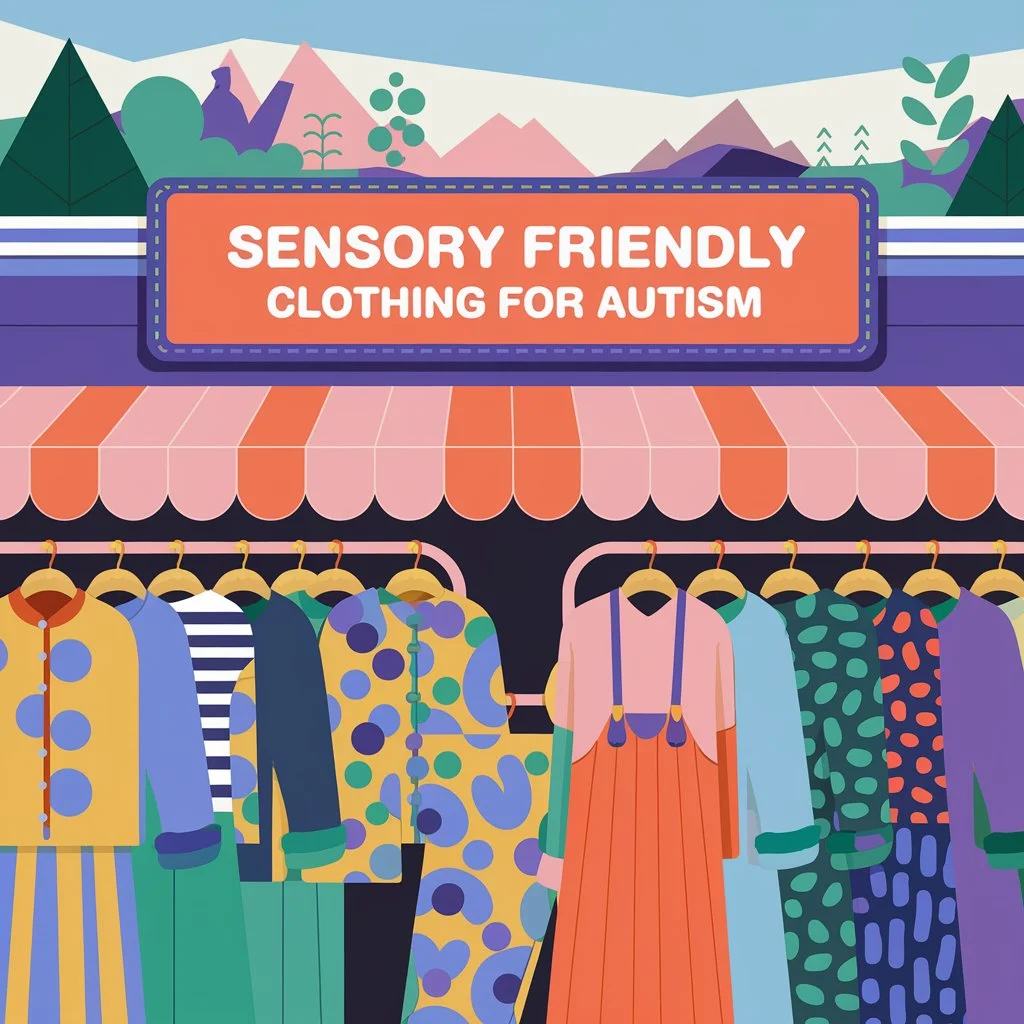
Building a Sensory Friendly Clothing Collection
Constructing a sensory friendly wardrobe doesn’t have to be overwhelming. Here are a few practical recommendations:
- Prioritize Soft, Breathable Fabrics: Look for gentle fabric clothing that won’t irritate the skin. Cotton and bamboo are excellent choices.
- Involve Your Child in Choosing Clothes: Let them pick out their outfits. This not only gives them a sense of control but also helps you understand their preferences.
- Consider Layering Options: Layering can help your child adapt to changing temperatures without sacrificing comfort.
Where to Buy Sensory Friendly Clothing
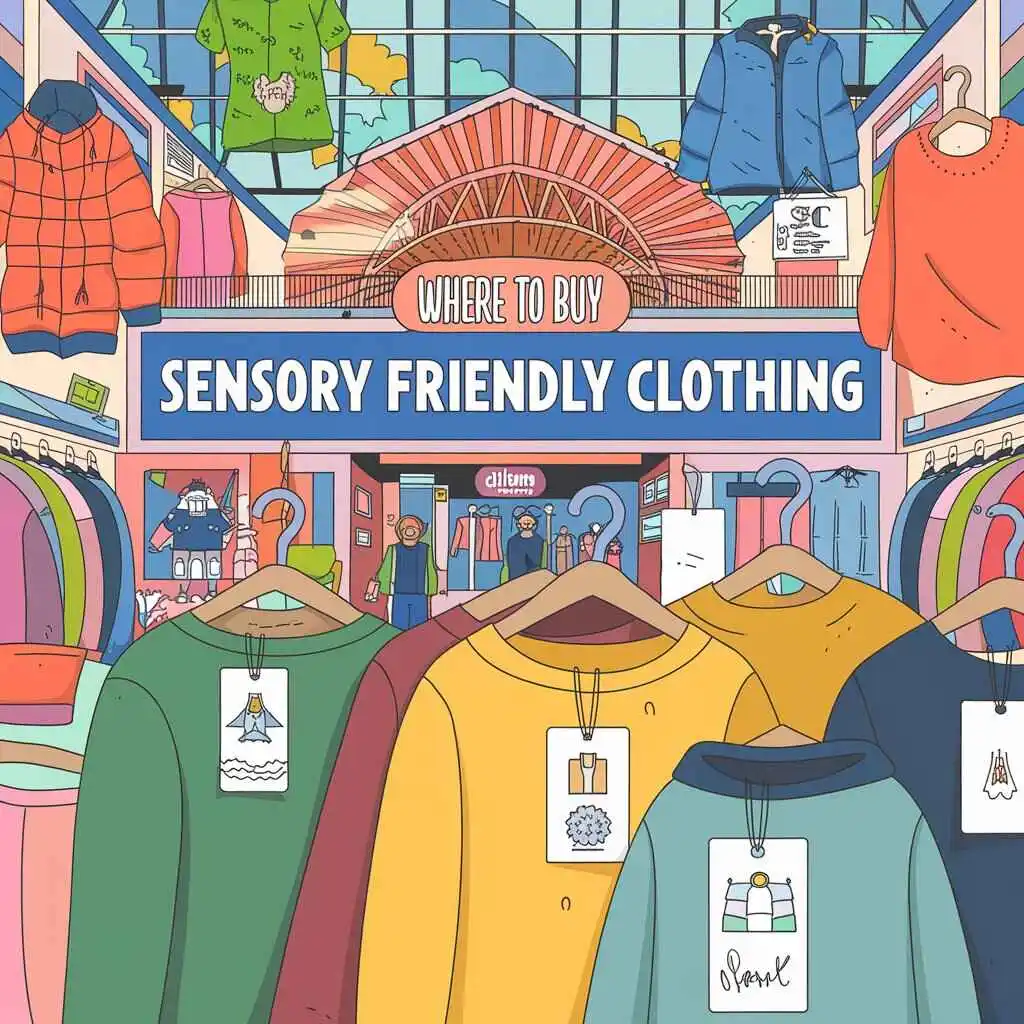
Finding the proper shops is vital. Here are some online stores for sensory friendly clothing that provide a spread of alternatives:
- Target: Known for affordable, stylish options, Target often features sensory friendly lines.
- Amazon: A vast selection of sensory friendly apparel including brands that focus on soft and tagless designs.
- Specialty Retailers: Websites like Sensory Smart or Fun and Function specialize in sensory friendly and adaptive clothing.
Those shops often have evaluations and rankings supporting you’re making informed choices.
FAQs
What materials are best for sensory friendly clothing?
Opt for hypoallergenic clothing for autism crafted from soft, breathable fabrics like cotton or bamboo.
How can I make dressing easier for my child?
Create a visual agenda to guide them through dressing independently. Incorporating amusing elements could make the technique exciting.
Conclusion
In precise, sensory friendly clothing performs a critical role in improving comfort and independence for children with sensory processing needs.
By understanding the differences among sensory friendly and adaptive apparel you may better cater to your child’s specific necessities.
Encouragement to Explore Options
Don’t hesitate to explore various clothing brands for sensory sensitivity. The proper apparel can substantially improve your toddler’s every day reviews letting them recognize on what virtually subjects being a kid.
Additional Resources
Links to Helpful Articles
- Understanding Sensory Processing Disorder
- How to Create a Sensory Friendly Home Environment
Engaging Visuals
Remember which include photos of kids carrying sensory friendly clothing showcasing the features that make these clothes unique. Diagrams also can assist give an explanation for the benefits of various apparel designs.
By understanding the importance of soft clothing for autism parents can empower their children to thrive. Embrace the journey in the direction of creating an extra at ease cloth wardrobe and watch your child flourish.

